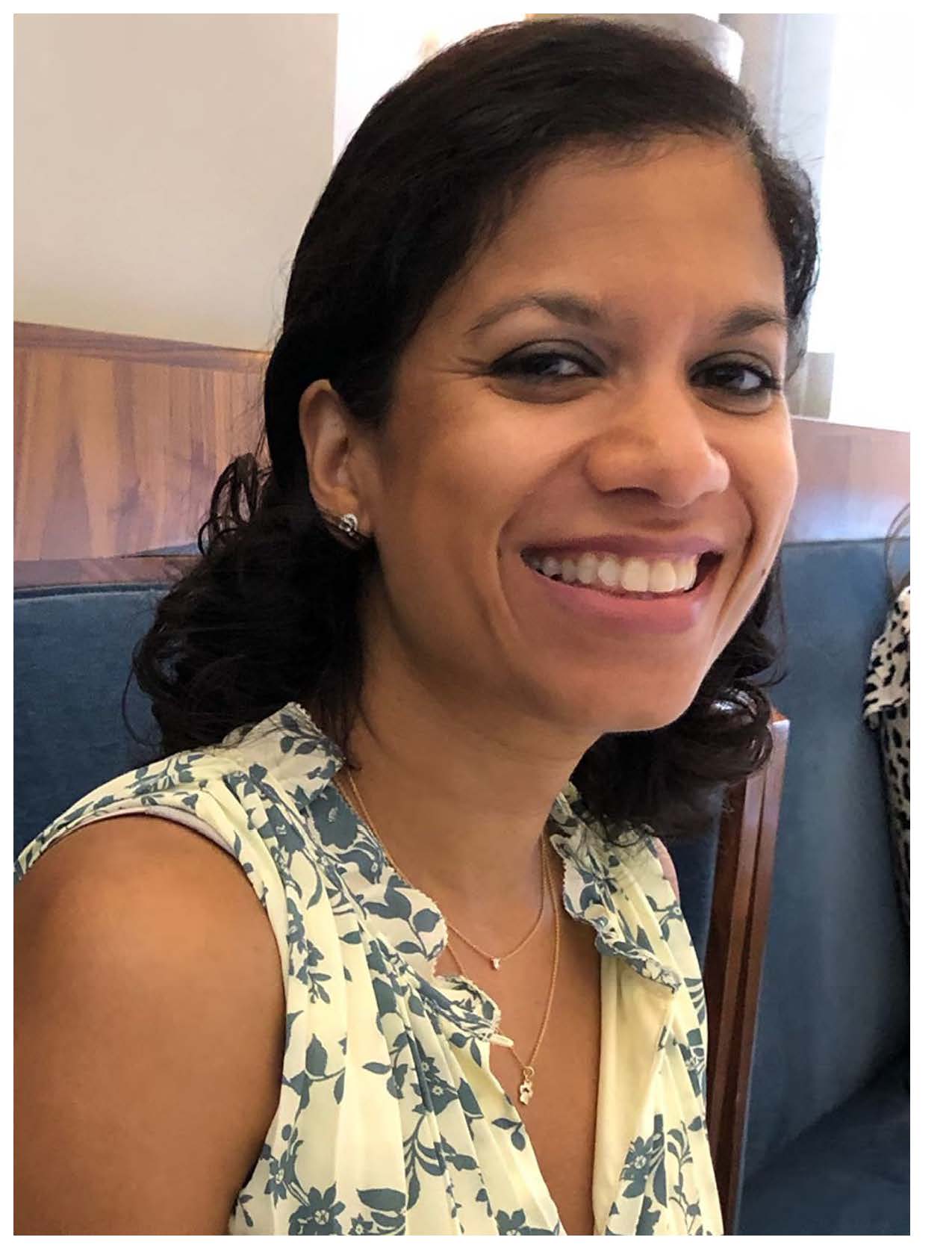Mossy Fiber Terminals and Their Role as a Potential Mechanism
An Interview with 2022 SmartTots Research Grant Recipient – Dr. Jimcy Platholi
 Jimcy Platholi, MS, PhD
Jimcy Platholi, MS, PhD
Clinical Assistant Professor of Neuroscience in Anesthesiology
Weill Medical College of Cornell University
New York, NY
Research Grant Title:
Role of mossy fiber terminals in early anesthesia neurotoxicity
Research Presentation:
Panel: Update on SmartTots Initiative and Funded Research, Sunday, April 16, 2023, 2:00 pm – 3:00 pm MT, Centennial E-H, The Hyatt Regency Denver at Colorado Convention Center
Since postdoctoral training while studying the role of dendritic spines as a subcellular substrate for anesthetic effects, Jimcy Platholi, MS, PhD, grew fascinated with the neurocognitive effects of anesthesia. This initial interest spurred her to dig deeper into this subject matter as she progressed in her clinical and research career, exploring biological variables, which may intersect with spine plasticity, to produce persistent synaptic dysfunction and enduring cognitive effects following anesthesia. Now a Clinical Assistant Professor at Weill Medical College at Cornell University and a 2022 SmartTots Research Award Recipient for her research on this subject, Dr. Platholi is aiming her focus to better understand mossy fiber terminals and their role as a potential mechanism underlying an early window of susceptibility for cognitive impairments. She will share some of her initial findings and expectations for how her study will impact this area of anesthesia research at the Update on SmartTots Initiative and Funded Research Panel, on Sunday, April 16, during the IARS 2023 Annual Meeting.
1. What drew you to this area of research?
I became interested in the neurocognitive effects of anesthesia during my postdoctoral training while working on the role of dendritic spines as a subcellular substrate for anesthetic effects. As a critical player in learning and memory, alterations in spine structure and function are associated with various impairments in cognition. Although our work observed that spine destabilization following anesthesia was transient, likely contributing to their acute neurophysiological effects, I was intrigued in further exploring biological variables, which may intersect with spine plasticity, to produce persistent synaptic dysfunction and enduring cognitive effects following anesthesia.
2. What is the goal of your research?
Rigorous preclinical work supports early anesthetic neurotoxicity, but whether this translates to acute or delayed cognitive deficits clinically is unclear. The goal of my research is to determine whether additional risk factors, such as genotype, overlap with a window of susceptibility in early development to influence vulnerability to anesthetic-induced dysfunction. By focusing on novel region- and cell-type-dependent effects of anesthesia on mouse models with human mutations, we aim to identify both fundamental anesthetic mechanisms during development and the role of human genetic variation in early anesthetic sensitivity. In addition, a long-term goal is to provide functional associations between the defects found in synaptic transmission/structure and behavioral deficits in learning and memory using systems neuroscience to identify neural circuits that are modulated by anesthesia.
3. What is the potential impact of your research on the field of pediatric anesthesia?
With my proposed research, I aim to identify a potential mechanism for the window of susceptibility for cognitive impairments following exposure to anesthesia in early development, with particular relevance to carriers of a brain-derived neurotrophic factor (BDNF) single nucleotide polymorphism. Addressing the role of genotype in preoperative risk assessment and recovery from anesthesia will further have a significant impact on the mechanism-based use of specific anesthetic agents.
4. How do you feel about receiving the IARS SmartTots Award?
Very excited! And looking forward to seeing what the data will tell us.
5. How will this award affect your research/professional trajectory?
I have been interested in all things “mossy fiber terminals” for the last few years, and have recently learned of the distinct effects these terminals have on excitability based on developmental stage. This provides us with a defined temporal window in which anesthetic-modulation of neuronal activity in mossy terminals may prove detrimental. This award allows me to explore these hypotheses that otherwise would not be possible. With this award, I am able to expand my interests into pediatric anesthesia.
6. Is there anyone else you wish to acknowledge as part of this research team?
I acknowledge Riley A. Williams for her help with experiments and Hugh C. Hemmings Jr. for mentorship and support.
7. What is your vision for the future of this particular area of research?
My vision is more research incorporating network level understanding of anesthetic mechanisms in producing both their neurophysiological and cognitive behavioral endpoints. Identifying neural circuits modulated by anesthetics will help correlate functional changes to specific cognitive, social, or emotional deficits.
“I have been interested in all things ‘mossy fiber terminals’ for the last few years, and have recently learned of the distinct effects these terminals have on excitability based on developmental stage. This provides us with a defined temporal window in which anesthetic-modulation of neuronal activity in mossy terminals may prove detrimental. This award allows me to explore these hypotheses that otherwise would not be possible. With this award, I am able to expand my interests into pediatric anesthesia.”
– Jimcy Platholi, MS, PhD, 2022 SmartTots Research Grant Recipient
International Anesthesia Research Society
